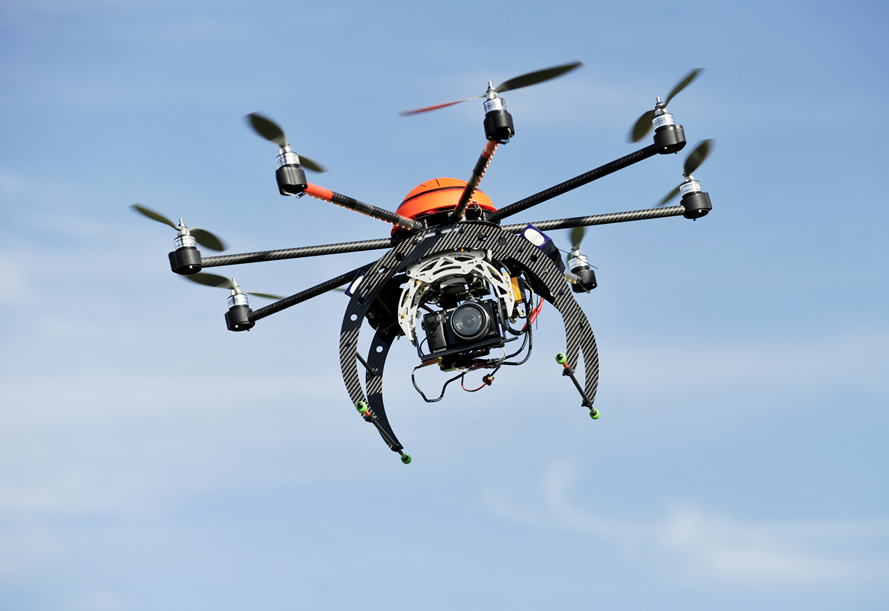 |
| DJI Mavic Mini review: A tiny drone with big ambitions |
Regardless, in the event that you see somebody shaking a Phantom 3, it feels a curious valuation for the gigantic advances in size, weight, and power. Enter the Mavic Mini ($399), the affiliation's most little machine to date that brags as long as 30 minutes of flight time.
It makes the Mavic Air look full, the Mavic 2 Pro look unequivocally overwhelming and the Phantoms should be another animal class (incredibly they are).
Diagram
The Mavic Mini takes everything DJI has found a few solutions concerning flying cameras and packs it into the most humble machine from the relationship to date. At only 249 grams, it's light and fantastically versatile.
Despite all that, it flies like a champ and goes with a strong camera to the detriment.
There are a few arrangements that may kill more experienced, pilots and picture takers, at any rate for most by a wide edge it's unassuming enough and skilled enough to choose it a truly charming choice.
The Mavic Mini is almost nothing and light (essentially 249g) you won't have to enlist it with the FAA — you were enrolling your more prominent machines with the FAA, isn't that so?
In any case, that size isn't just about achieving less administrative work, it's associated with accomplishing all the more flying.
With a robot you can truly slip in your back pocket, there will never be a seriously engineered opportunity to bring along, enduring you have a second pocket for the regulator. (You can't fly the Mini with simply your telephone like you could the Spark.)
DJI has generally been mind-boggling about giving its littler/more reasonable machines premium highlights. The Air, for instance, cost not really the Mavic Pro that went before it, yet it had highlighted its pricier family didn't.
Undoubtedly, even the little old Spark offered development control and look for after I recollect for a budgetary cutoff. With the Mini, regardless, there are many trade-offs — yet the common part shouldn't prevent most by a long shot.
Maybe the most basic missing part is counteraction staying away from. The Mavic 2 Pro and the Air both go with sensors that perceive deterrents, thinking about progressively secure flying. The Mavic Mini has none.
This has all the reserves of being sensible given that the Mini costs more than $1,300 not really the Mavic Pro 2 and $500 not really the Air. In any case, DJI is additionally pitching the Mini at amateurs who may profit by those sensors the most.
The following perceptible trade-off is the camera. Moreover, comparably likewise with the Spark, there's no 4K video here, at any rate, the Mini will record in 2.7K/30 (close by FHD up to 60 fps at 40Mbps), so there's apparently a type of critical norms to appreciate.
Another stunt the Mini has that the Spark doesn't is the capacity to overlay down its arms. Spark's body is an equivalent size, at any rate, its fixed arms make it by and large less preservationist.
The Mavic line's foldable structure has become something of a calling card. What makes wanders capriciously awkward are those breathtakingly essential expanding arms.
DJI thought of a canny arrangement for the first Mavic, and it's been open in about the aggregate of its client wanders randomly since.
When completely disintegrated down, the Mini is about the size of a soft drink can and weighs about as much as a tremendous telephone (my OnePlus 7 Pro with a case comes in at around 230g).
Right, when I first viewed the Mini I had two or three concerns. For the most part, in what breaking point will it hold up in blustery conditions? The more critical Mavics reasonably hold their condition against solid breezes.
The Mini really does incredibly well here moreover. I truly figured it would be tossed around, in any case, it held its ground (on any event against the windy Bay Area coast). I saw it would consistently go by and large with the breeze, yet sidelong improvement was unimportant.
No ifs, ands or buts, the application was prompted me that conditions were nonsensically turbulent and to fly with alert, at any rate the video held driving forward.
You can see the Mini shocking perceptible all around, yet it won't ruin your annal. In the event that anything, it's the vertical position that is all the all the all the more upsetting.
I flew out in an efficient manner over water, and two or on numerous occasions I expected to pull the machine up considering how the breeze was driving it down.
The Mavic Mini may require check evasion sensors, yet it's not completely without masterminding headway.
There's GPS, undeniably, and a plunging opposing sensor with the target that it can hold its position when there's no satellite relationship (for instance, inside).
I was additionally floored that the Mavic Mini doesn't offer "Tripod mode." This major fragment found in different Mavics limits the speed of a robot, which in the blend in with the three-focus point gimbal is faltering for moderate, consistent after shots.
The Mini would be ideal for this, particularly when flying inside. Apparently, there's no exceptional.


0 Comments